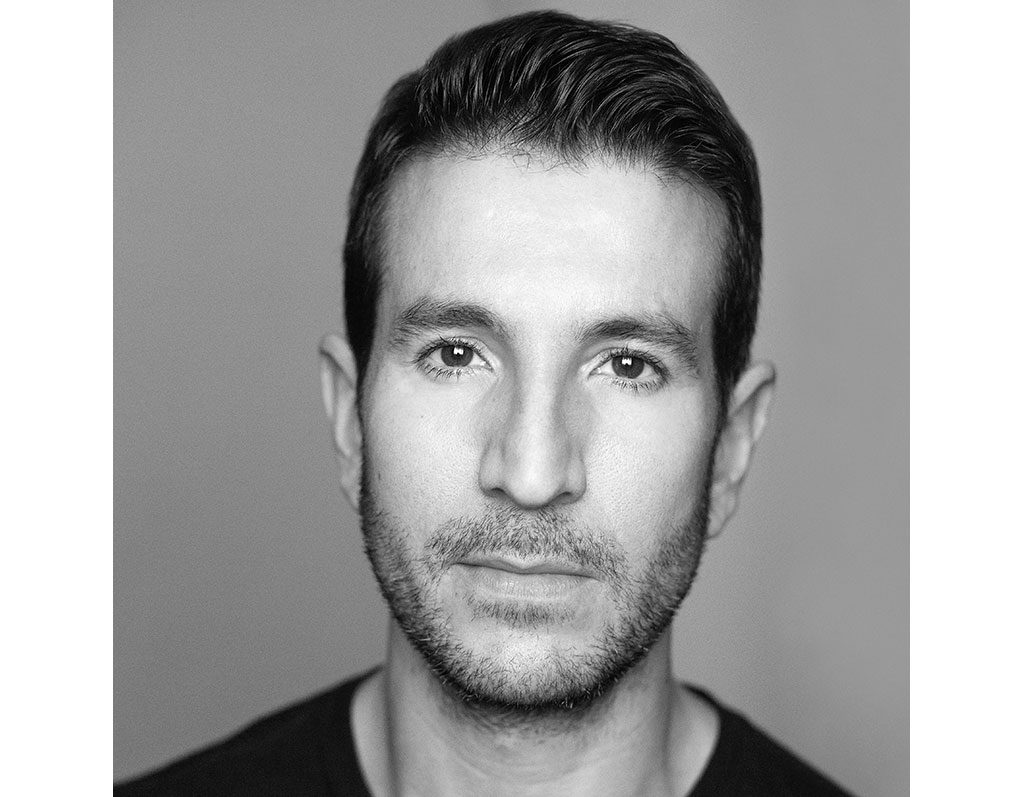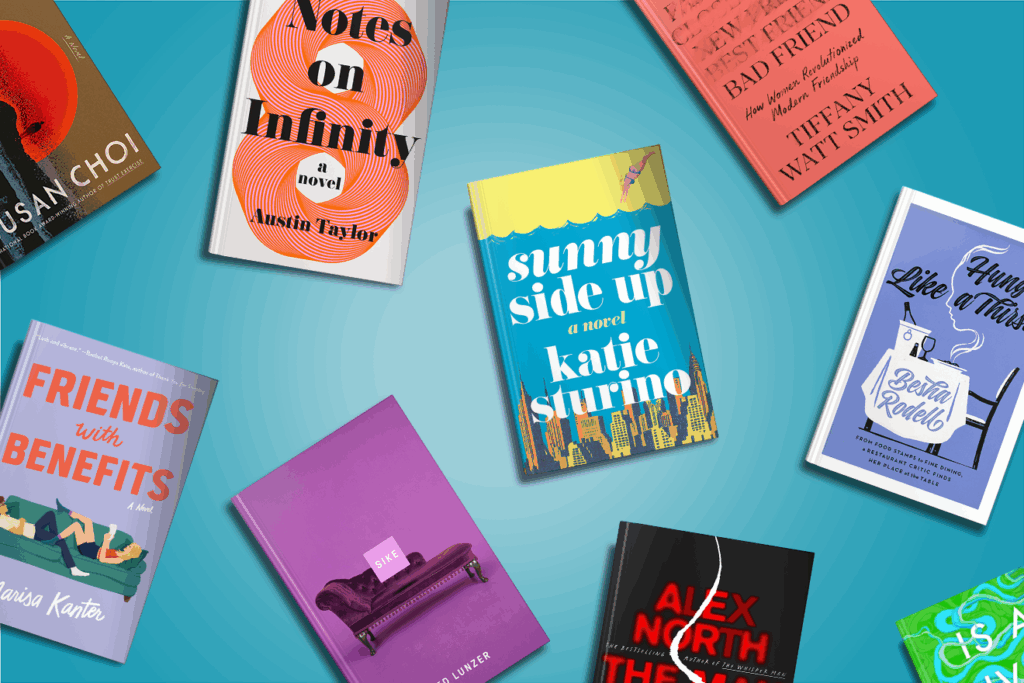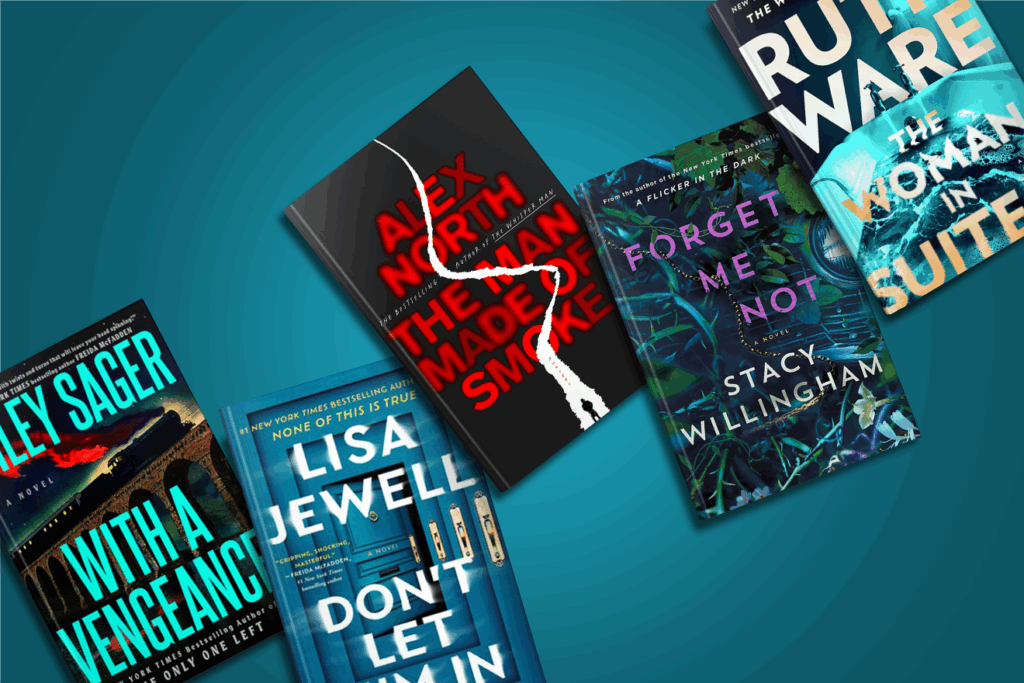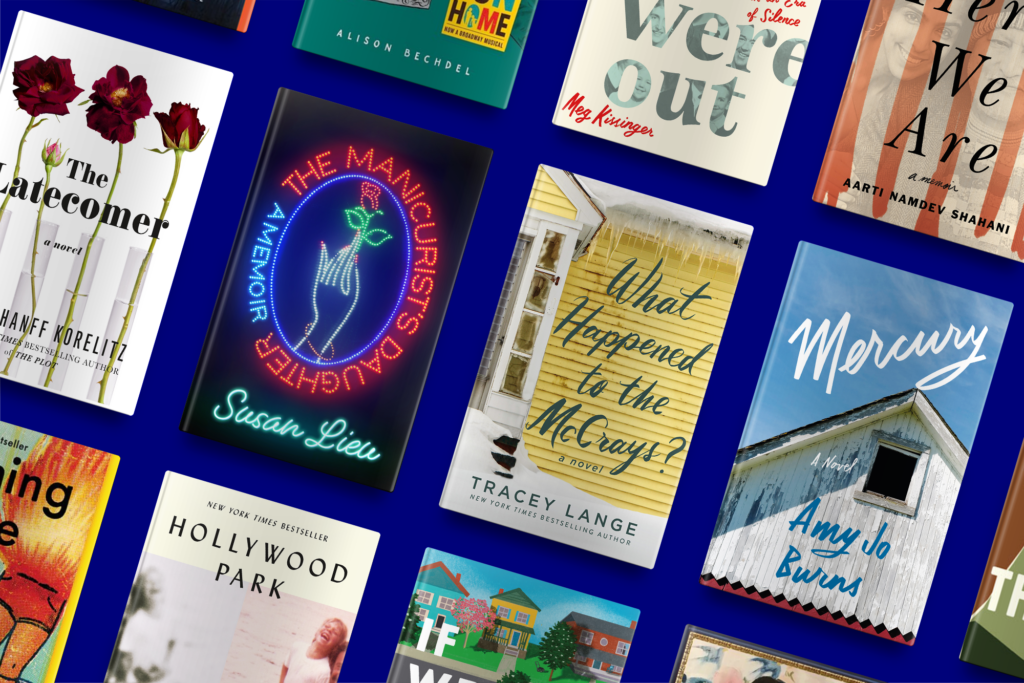The Silent Patient is the gripping tale of Alicia Berenson, a happily married artist who murders her husband and never speaks again. Forensic psychotherapist Theo Faber sets out to unravel the mystery of Alicia’s notorious crime and quickly discovers that nothing about her case is as clear-cut as it seems.
With film rights snapped up by the Oscar-winning producers behind The Departed, Moonlight, and 12 Years a Slave and foreign rights sold in 35 territories and counting, The Silent Patient is the most anticipated suspense novel of 2019. Author Alex Michaelides discusses his background in psychology, his literary influences, and how his screenwriting background helped him to write the perfect thriller.
You did post-graduate work in psychology and worked in a secure psychiatric unit for two years. What drew you to the field?
It’s a bit like Theo, the narrator in the book, says: He was drawn to mental health to heal himself. In my case it certainly started like that. I had a lot of individual therapy for a long time, and then I became interested in studying it. I moved around to different places. I studied group therapy. I studied individual therapy. And then my sister is a psychiatrist and she got me a part-time job at a secure unit for teenagers, which was an incredible experience. I learned so much. I didn’t have the idea then for writing a novel about it, but I knew it was a formative, life-changing experience.
I ultimately left because I was reaching a point in my studies where I was about to take on long-term patients, and I felt I was really a writer not a therapist. But it was also more complicated than that. Despite meeting some really incredible people–at this unit, particularly–I did also encounter, while I was studying, lots of people who were supposedly very eminent, who were lacking in anything I recognized as empathy. Or common sense. So I sort of fell out of love with psychotherapy, even though it had helped me a great deal. That was definitely playing in my mind when I wrote the novel–that ambivalence.
The Silent Patient is full of references to Greek myths and tragedies, especially the Euripides play Alcestis. How did the myths influence your writing?
Cyprus, where I grew up, is a very ancient country. It’s where Aphrodite was born. So you grow up with an awareness of the Greek myths. At age 13, you’re being taught The Iliad and The Odyssey, and the plays are always being staged. It’s in the culture very strongly. I’ve always been fascinated with Euripides and the tragic heroines he has. I think they’re really close to Tennessee Williams in lots of ways. The Alcestis was a play that captivated me since I was a child. There was something about this woman returning from death and never speaking again.
My next book also has a lot of Greek tragedy in it. It’s about a series of murders at a Cambridge college. It’s a little Grand Guignol, a little gruesome. There’s lots of that in Greek tragedy. I’ve been doing research about all the horrible things that went on. It’s fun exploring that.
Read more: Behind The Silent Patient’s Stunning Cover Design
And there’s a great tradition of psychological suspense in British literature.
I’m very into that tradition. I think the way Henry James shifts the POV in Portrait of Lady so you realize you’ve been looking at the triangular relationship in the wrong way is very close to what Agatha Christie does in Five Little Pigs or Death on the Nile. I love that feeling of reaching the end of a book and suddenly realizing you’ve been viewing the whole thing the wrong way up. And that it still holds water. I find that really fascinating.
You’re also a screenwriter. Was that experience helpful in writing The Silent Patient?
The screenwriting helped a lot. Just in terms of keeping up the pace, keeping things moving. Someone like Billy Wilder has taught me so much. He has a book of interviews with Cameron Crowe that’s just incredible. He said any scene that doesn’t have a plot point in it is a bad scene. And so you just don’t write that scene because you’ll cut it. I’ve learned that from my experience in movies.
When I was working with Uma Thurman on the film The Con is On, she taught me a lot about writing. She said that every scene has to have an iconic image in it. It can’t just be two people talking. I had that in my head the whole time I was writing The Silent Patient. That was when Alicia became a painter, because Uma suggested it.
The control that you have writing a novel must have been liberating.
Really liberating. You’re on your own. When you make films, it’s a committee the whole time. The writer is the least important person. A friend of mine is a critic, and he said to me once–I thought it was really smart–that films are about contraction and books are about expansion. You can go down rabbit holes with books; you can explore tangents. It’s great to be able to go into someone’s thoughts, which you can’t do in films. I think that’s always held me back, slightly. I’ve always had a facility with plot, but this is the first time I’ve been able to marry it with something deeper.
Was The Silent Patient always going to be a novel, or did it start as a film?
It was always going to be a novel. I wanted to try to write the kind of book I’d like to read. I wish I’d done it 10 years ago, because I wasn’t expecting people to like it as much as they have. It’s been a really amazing thing.



